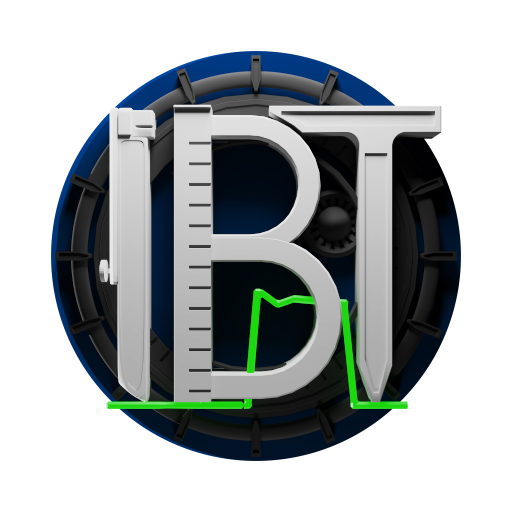The department of information and measurement technologies and systems prepares students in the specialty 175 – Information and measurement technologies.
Applicants can choose one of two educational paths
Educational trajectory 1. Metrology and measuring technology
Educational and qualification levels of graduates:
Bachelor, Master (educational and professional program), Master (educational and scientific program), Doctor of Philosophy
Main special educational disciplines:
- Computer modeling of measuring devices
- Information technologies in metrology
- Fundamentals of standardization and compliance
- Basics of ensuring the unity of measurements
- Control and diagnostic devices.
Characteristics of the educational trajectory:
In today’s post-industrial civilization, it is information and measurement technologies that provide a connection between the material world, the world of speeds, quantities, concentrations, powers, etc., and the world dominated by data as such. Qualitatively measured, qualitatively transformed, qualitatively stored, qualitatively transmitted means that a certain “brain” received true information. Only then can it be expected that this “brain”, executing the most perfect program, will be able to respond adequately to the current state of the object or set of objects.
Qualification: bachelor’s degree in metrology and information and measurement technology
Educational trajectory 2. Information and measurement systems
Educational and qualification levels of graduates:
Bachelor, Master (educational and professional program), Master (educational and scientific program), Doctor of Philosophy
Main special educational disciplines:
- Data processing structures and algorithms.
- Programming technologies for measuring systems.
- Introduction to the theory of systems.
- Computer modeling in instrument engineering.
- Database management systems.
Characteristics of the educational trajectory:
Information and measurement technologies are a set of software and hardware means of obtaining and transforming manifestations of natural or artificial phenomena into information for the purpose of further use or storage in the form of data.
The quality of measurements and the quality of other input data necessary for decision-making, in particular automated, can critically determine the final result, that is, it can both ensure its quality and distort it.
Accurate measurements are provided by rather complex microelectronic devices, which can contain sensors, computing units, interface units, software extensions for connected devices, and much more. If the devices serve to reproduce a certain value of a physical quantity, then these are standards
Qualification: bachelor’s degree in metrology and information and measurement technology
